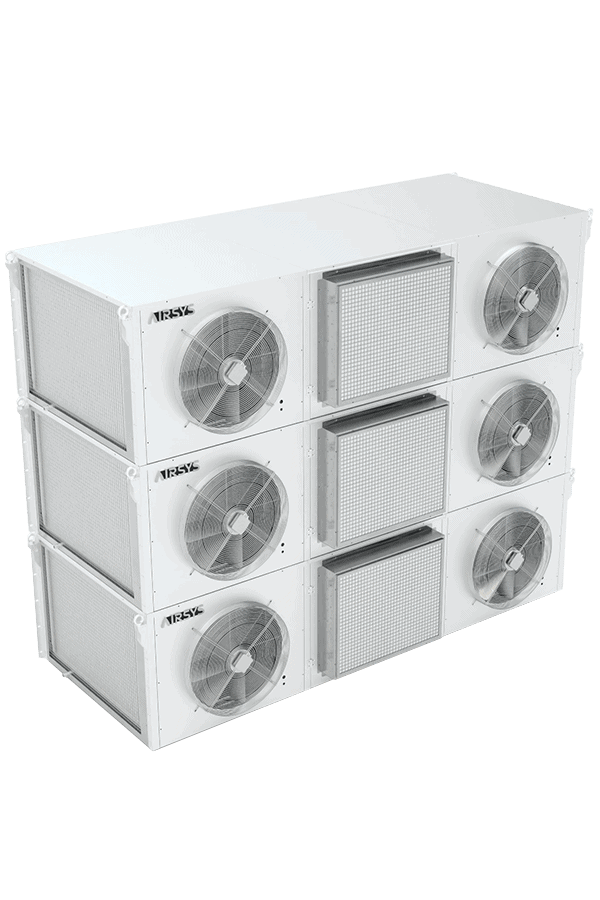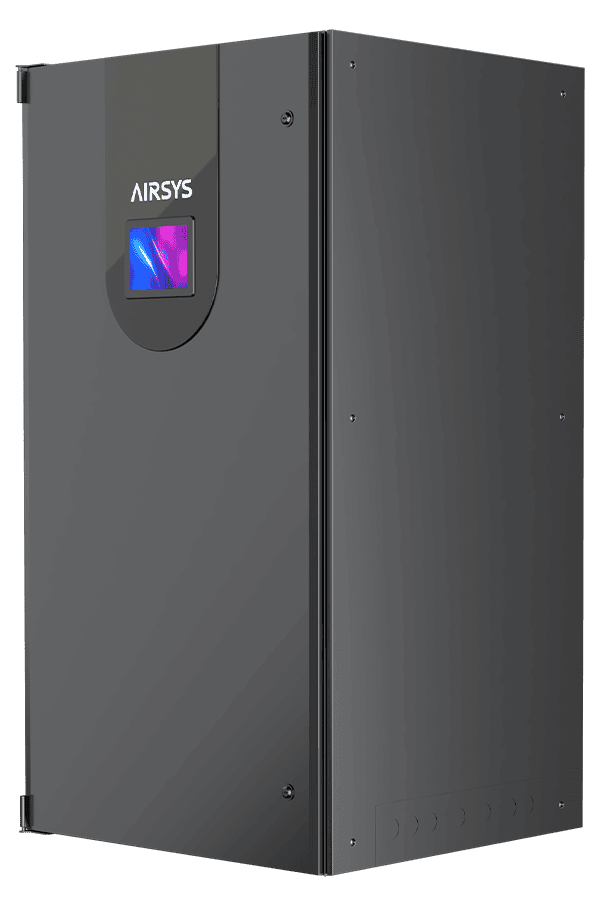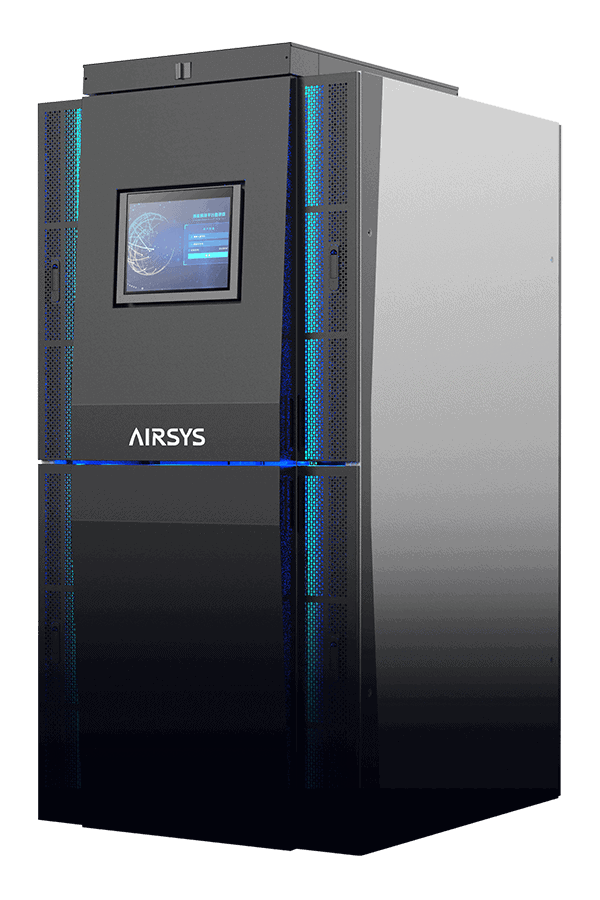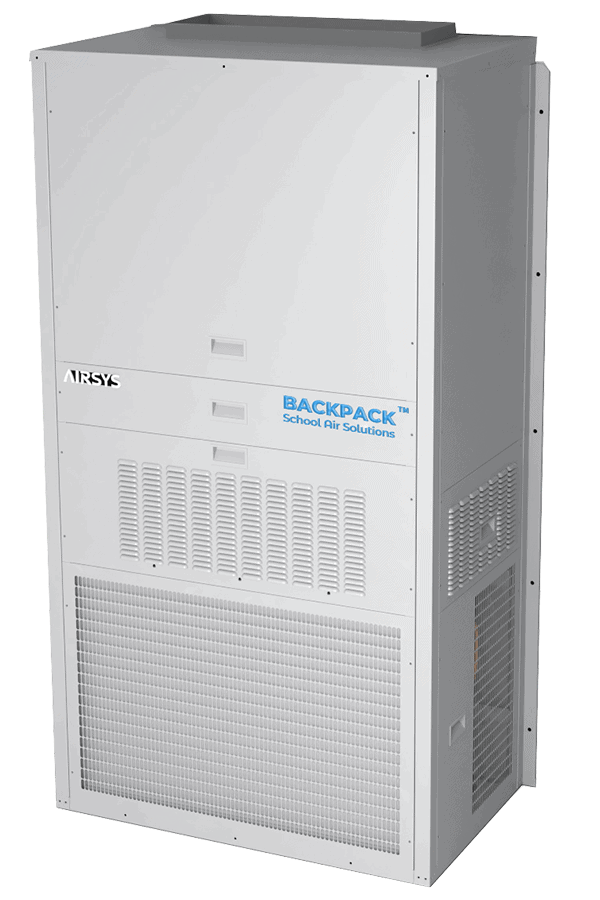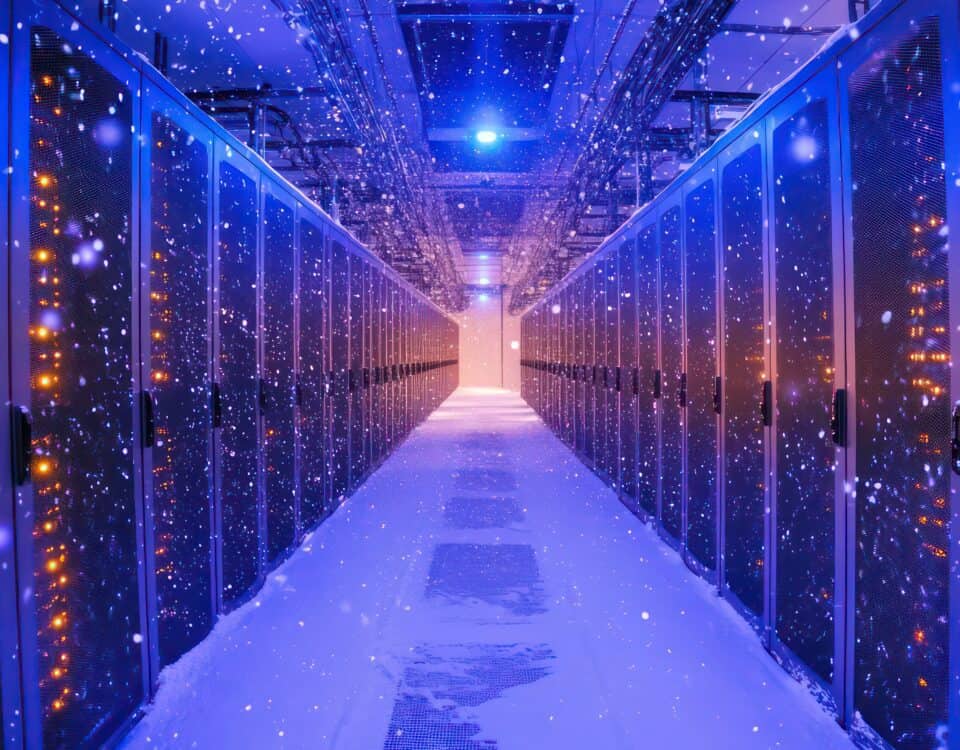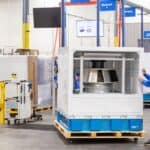
The Growing Role of Cooling for the Next Generation of Data Centers & Telecom
June 26, 2024
What Sets Hyperscalers Apart from Traditional Data Centers?
July 10, 2024Selecting a cooling system for your data center is similar to buying a house — a decision that requires careful consideration of multiple factors. Just as you would evaluate a house’s size, layout, location, and amenities, data center operators must weigh various aspects of cooling systems to find the perfect fit for their facility’s unique needs.
The market offers a variety of data center cooling solutions, and navigating this variety can be as overwhelming as house hunting. However, just like with houses, it’s crucial to remember that each data center has its specific requirements, and the ideal cooling system should be tailored to meet these individual demands.
With that in mind, let’s explore the key considerations that should guide your selection of a data center cooling system.
5 Considerations for Choosing a Data Center Cooling System
Data Center Layout & Design
A data center’s layout and design are crucial when selecting a cooling system. For instance, small facilities may only need room cooling, while larger, more densely packed operations require targeted systems capable of reallocating cooling or directing airflow as needed. Improper consideration of the data center space and organization can lead to hotspots and inefficiencies. As Colin DeMarlie, our Director of Data Center/Telecom Sales, says, “You can’t just slap a cooling system in and expect the room to be at the temperature needed to run the equipment.”
At AIRSYS, we offer computational fluid dynamics (CFD) modeling to ensure our cooling products align seamlessly with each data center’s unique layout and design, helping operators assess their suitability effectively.
Energy Efficiency
Energy efficiency is also among the top priorities when searching for a data center cooling solution. Regardless of the facility’s size — from small data centers to hyperscalers — data centers are extremely energy-intensive, so choosing an energy-efficient cooling system is crucial for controlling operating costs and minimizing environmental impact.
Different cooling systems leverage different technologies, like free cooling and variable-speed compressors, to effectively and economically manage substantial heat loads. Such advanced cooling technologies not only lead to lower utility bills but also help mitigate the data center’s carbon footprint. When selecting your data center cooling system, it is essential to evaluate the energy efficiency rates and projected operating costs of each option to make an informed decision aligned with your sustainability goals and budget constraints.
Scalability
In light of the expected expansion of computing needs and data centers, it’s advisable to implement a cooling system that is built for scalability. A highly scalable solution saves businesses valuable time and avoids costly retrofitting or replacement of cooling equipment when cooling demands intensify.
From our experience, a modular cooling system comprising multiple units with simplified spare parts and variable speed operation offer the versatility in cooling capacity that growing data centers require. Our cooling products’ capacity spans a wide range, enabling operators to match cooling capacity to their current needs while maintaining flexibility for an easy increase in capacity when needed. This scalable approach empowers data centers to make incremental investments as their cooling demands grow, maximizing the lifespan of their infrastructure investments.
Environmental Impact & Sustainability
In today’s environmentally conscious business landscape, the sustainability and environmental impact of data center cooling systems have become another factor to evaluate. With new environmental regulations likely to be introduced, it’s advised to consider a more eco-friendly cooling system, not just for the benefit of the planet but also for future compliance.
There are four approaches to achieving sustainability with data center cooling:
- Utilizing Green Cooling Technologies: Advanced cooling technologies, such as precision cooling and free cooling, enable better airflow control and integrate energy recovery capabilities to minimize environmental footprint.
- Incorporating Eco-Friendly Refrigerants: Certain refrigerants offer excellent cooling efficiency while maintaining lower global warming potential (GWP). For example, at AIRSYS, we have selected R-454B as our preferred refrigerant due to its superior performance and significantly lower GWP (466) compared to alternatives like R-32 (675).
- Implementing Built-In System Efficiency: Systems that use variable speed fans, AI-powered controls, self-diagnostic capabilities, and energy-saving designs significantly reduce energy consumption, contributing to sustainability.
- Adopting Scalable Solutions: A scalable cooling system allows for growth without needing complete replacement. This approach promotes sustainability by reducing waste and ensuring that upgrades or expansions are more environmentally friendly.
Maintenance & Serviceability
The last factor to keep in mind when considering data center cooling is the long-term implications of system upkeep. In fact, our experience shows that 75% of the total cost of ownership (TCO) is attributed to ongoing maintenance, and only 25% goes to the system implementation. Despite the potentially high costs, data center operators cannot afford to cut corners on maintenance, as the financial impact of an outage far outweighs the cost of consistent system care. For that reason, it’s recommended to select a cooling system designed with ease of maintenance.
For example, at AIRSYS, our cooling solutions have fewer on-off cycles and typically run at 30-50% capacity, which reduces stress on critical components and minimizes failures. Additionally, our units are designed by technicians for technicians, allowing almost all components to be serviced from the outside and at eye level, further simplifying maintenance.
A Step-by-Step Guide to Choosing a Data Center Cooling System
While all the elements described above are essential, the cost usually emerges as the deciding factor in major financial decisions like selecting a cooling system. When facing this dilemma, seeking a solution that provides the best value for money becomes particularly significant.
To recap the above and help you navigate this complex decision, here’s a quick step-by-step guide to ensure you remember all the critical factors:
- Set Your Goals and Define Your Budget: Clearly outline your current and future cooling requirements and establish a realistic budget that accounts for both initial and long-term costs.
- Prioritize the “Must Have” and “Nice to Have”: Based on your specific needs, prioritize the factors most important to you. For instance, if you process data-intensive workloads, energy efficiency might be crucial. Alternatively, if you operate in a highly regulated industry, sustainability features may take precedence.
- Compare Different Cooling Systems: Examine features such as coefficient of performance (COP), scalability options, and maintenance requirements.
- Identify Cost-Saving Opportunities: Look for features that will optimize your investment, such as lower energy consumption and durable materials.
- Consult with experts: Engage with cooling system professionals who can provide insights based on your specific data center layout and requirements.
AIRSYS’ Data Center Cooling Solutions
AIRSYS offers innovative data center cooling solutions that prioritize cutting-edge technology, reliability, and sustainability. Our systems are designed to deliver up to 40% savings in TCO, combining performance with long-term value.
- UniCool-Edge™ is the world’s first stackable external wall-mounted CRAC cooling system, ideal for edge data centers. It offers high reliability, continuous performance, and reduced environmental impact.
- Optima 2™ is a best-in-class CRAC solution tailored for the ICT industry. It features AI technology and rapid deployment, enhancing data center efficiency.
- LiquidRack™ is our patented spray liquid cooling system that provides 100% heat recovery, converting waste heat into usable hot water. This specialized technology is ideal for high-density, technically demanding workloads.
Choosing a Data Center Cooling System — The Final Steps
The ideal data center cooling system is not a one-size-fits-all solution. Instead, it’s the system that effectively maintains optimal temperatures for your specific facility while addressing all the above factors. Each data center has unique requirements, and the best cooling solution is one that aligns perfectly with your needs, budget, and long-term goals.
We encourage you to carefully evaluate your options in light of your particular circumstances. At AIRSYS, we’re here to help you navigate this complex decision. Don’t hesitate to contact us or request a personalized consultation. Our specialists can provide insights tailored to your data center’s specific needs and help you find the cooling solution that offers the best performance, efficiency, and value for your investment.
Sources:
https://hackernoon.com/which-type-of-data-center-cooling-system-is-best-for-you
https://datacenterinfo.com/choosing-the-right-data-center-cooling-systems/


